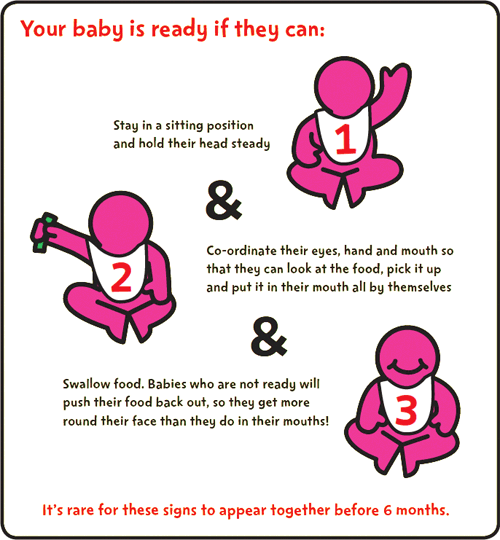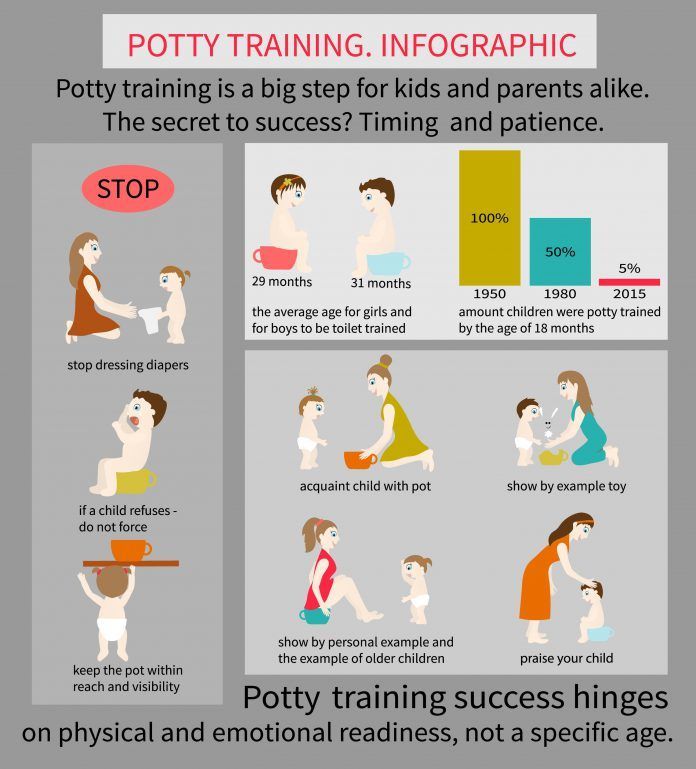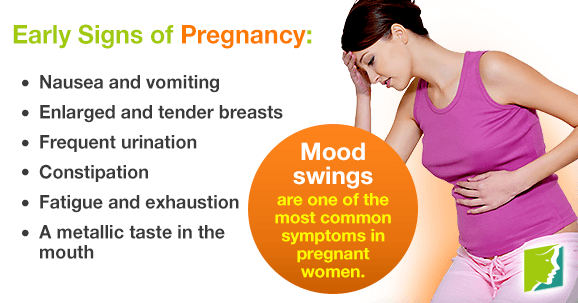How to calculate due date with irregular periods
How to Calculate Your Due Date
Pregnancy lasts an average of 280 days (40 weeks) from the first day of your last menstrual period (LMP). The first day of your LMP is considered day one of pregnancy, even though you probably didn’t conceive until about two weeks later (fetal development lags two weeks behind your pregnancy dates).
Read our report on the 13 best pregnancy iPhone and Android apps of the year here.
Calculating your due date isn’t an exact science. Very few women actually deliver on their due date, so, while it’s important to have an idea of when your baby will be born, try not to get too attached to the exact date.
If you have regular 28-day menstrual cycles, there are two ways to calculate your due date.
Naegele’s rule
Naegele’s rule involves a simple calculation: Add seven days to the first day of your LMP and then subtract three months.
For example, if your LMP was November 1, 2017:
- Add seven days (November 8, 2017).
- Subtract three months (August 8, 2017).
- Change the year, if necessary (to the year 2018, in this case).
In this example, the due date would be August 8, 2018.
Pregnancy wheel
The other way to calculate your due date is to use a pregnancy wheel. This is the method that most doctors use. It’s very easy to estimate your due date if you have access to a pregnancy wheel.
The first step is locating the date of your LMP on the wheel. When you line up that date with the indicator, the wheel displays your due date.
Remember that the due date is only an estimate of when you will deliver your baby. The chances of actually having your baby on that exact date are very slim.
This is more common than you’d think. Luckily, there are ways to figure out your due date when you can’t remember the first day of your LMP:
- If you know you had your LMP during a particular week, your doctor can estimate your due date accordingly.
- If you have no idea when your last period was, your doctor may order an ultrasound to determine your due date.

Some women have cycles that are consistently longer than the average 28-day cycle. In these cases, a pregnancy wheel can still be used, but some simple calculations are necessary.
The second half of a woman’s menstrual cycle always lasts for 14 days. This is the time from ovulation to the next menstrual period. If your cycle is 35 days long, for example, then you probably ovulated on day 21.
Once you have a general idea of when you ovulated, you can use an adjusted LMP to find your due date with a pregnancy wheel.
For example, if your menstrual cycle is usually 35 days long and the first day of your LMP was November 1:
- Add 21 days (November 22).
- Subtract 14 days to find your adjusted LMP date (November 8).
After you calculate your adjusted LMP date, simply mark it on the pregnancy wheel and then look at the date where the line crosses. That is your estimated due date.
Some pregnancy wheels may allow you to enter the date of conception — which occurs within 72 hours of ovulation — instead of the date of your LMP.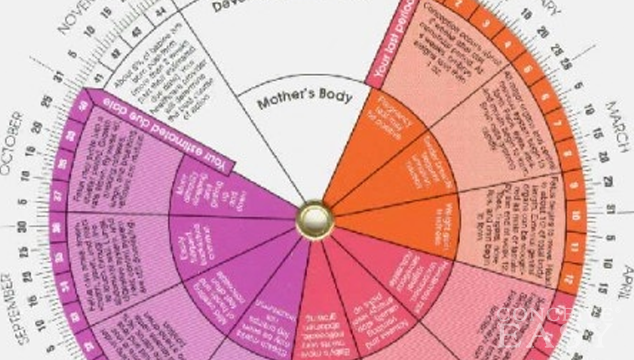
Your doctor may change your due date if your fetus is significantly smaller or larger than the average fetus at your particular stage of pregnancy.
Generally, your doctor orders an ultrasound to determine the gestational age of your baby when there’s a history of irregular periods, when the date of your LMP is uncertain, or when conception occurred despite oral contraceptive use.
An ultrasound allows your doctor to measure the crown-rump length (CRL) — the length of the fetus from one end to the other.
During the first trimester, this measurement provides the most accurate estimation for the age of the baby. Your doctor may change your due date based on the ultrasound measurement.
This is most likely to occur in the first trimester, especially if the date estimated by the ultrasound differs by more than one week from the date estimated by your doctor based on your LMP.
In the second trimester, an ultrasound is less accurate and your doctor probably won’t adjust your date unless the estimates vary by more than two weeks.
The third trimester is the least accurate time to date a pregnancy. Estimates based on an ultrasound can be off by as much as three weeks, so doctors rarely adjust dates during the third trimester.
However, it’s not uncommon for a doctor to perform an ultrasound in the third trimester if they’re thinking about changing your date.
A repeat ultrasound provides valuable information about the growth of the fetus and may reassure you and your doctor that the change in due date is reasonable.
Did you know?Ultrasound measurements for estimating the age of a fetus are more accurate during the early stages of pregnancy. In the first few weeks, fetuses tend to develop at the same rate. However, as pregnancy progresses, the rates of fetal growth begin to vary from pregnancy to pregnancy.
This is why ultrasound measurements can’t be used to accurately predict the age of the baby in the later stages of pregnancy.
Ultrasounds are not a necessary part of prenatal care.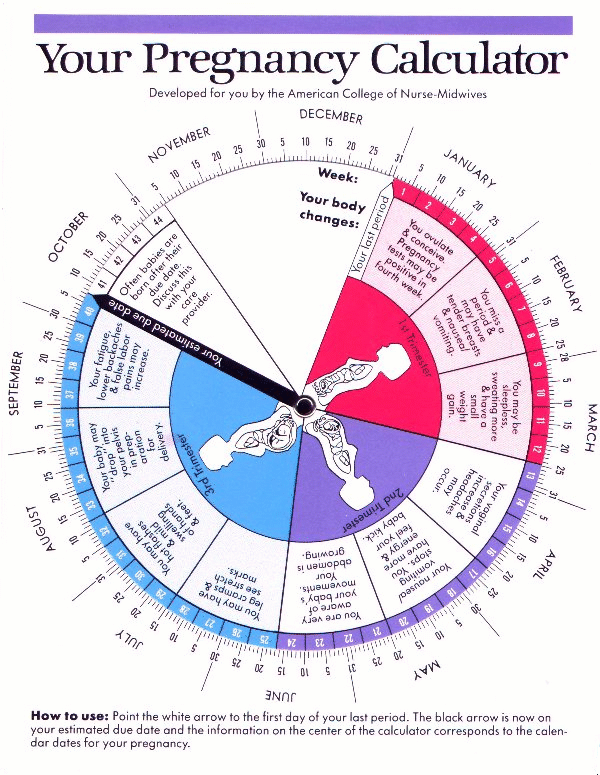 Avoid numerous scansTrusted Source and have ultrasounds for medical reasons only.
Avoid numerous scansTrusted Source and have ultrasounds for medical reasons only.
When a doctor performs an ultrasound, they write a report on the findings and include two estimated due dates. The first date is calculated using the date of the LMP. The second date is based on the ultrasound measurements. These dates are rarely the same.
When your doctor evaluates the ultrasound results, they’ll determine whether or not these dates are in agreement. Your doctor probably won’t change your due date unless its significantly different from your ultrasound date.
If you have more ultrasounds, each ultrasound report will contain a new due date based on the most recent measurements. An expected due date shouldn’t be changed based on measurements from a second- or third-trimester ultrasound.
Due date estimations are more accurate earlier in pregnancy. Later ultrasounds are helpful in determining whether the fetus is growing well but not for determining the age of the fetus.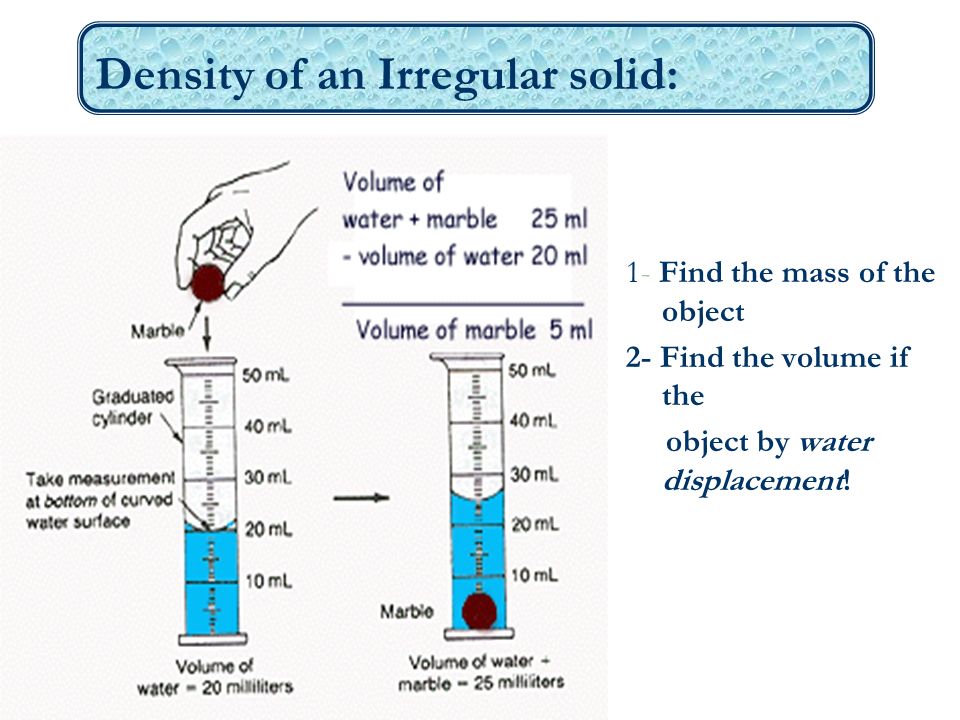
Learn more about how your body changes during your pregnancy.
- ACOG reinvents the pregnancy wheel: Launches new due date app. (2016). https://www.acog.org/About-ACOG/News-Room/News-Releases/2016/ACOG-Reinvents-the-Pregnancy-Wheel
- Avoid fetal “keepsake” images, heartbeat monitors. (2014). https://www.fda.gov/ForConsumers/ConsumerUpdates/ucm095508.htmTrusted Source
- Calculating a due date. (n.d.). http://www.hopkinsmedicine.org/healthlibrary/conditions/pregnancy_and_childbirth/calculating_a_due_date_85,P01209/
- Calculating your estimated due date. (2014). https://my.clevelandclinic.org/health/diseases_conditions/hic_Am_I_Pregnant/hic_Calculating_Your_Estimated_Due_Date
- Due date calculator. (n.d.). http://www.marchofdimes.org/pregnancy/calculating-your-due-date.aspx
- Pregnancy due date and gestational age calculator. (n.d.). http://www.perinatology.com/calculators/Due-Date.htm
How to Calculate Your Pregnancy Due Date with Irregular Periods?
Planning a pregnancy with irregular periods makes it difficult to predict the due date accurately, even with an online calculator.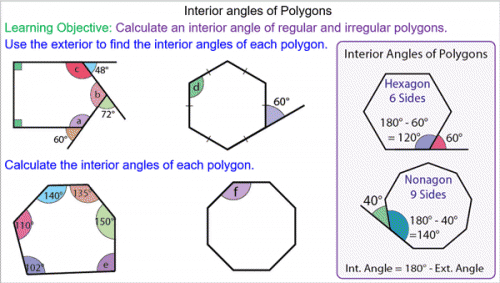 Instead, try these simple steps given below.
Instead, try these simple steps given below.
When a woman has an irregular menstrual cycle, it is difficult to determine the date of conception and thus the due date. A woman can conceive at any time in her monthly cycle. The due date is calculated from the first day of the last menstrual period or LMP. This is because it is assumed that conception takes place about 14 days after the first day of the LMP.
The standard way to calculate a due date for an irregular menstrual cycle is to use a pregnancy calculator that considers “cycle length.”
There are many ways to determine when a woman's LMP was, including looking at past periods on calendars or keeping a journal of menstruation. The easiest way to find out when a woman's LMP was is by using an ovulation calculator. This simple program will help you try different dates until it finds the one that matches your cycles. Here are a few simple steps for you to calculate your pregnancy due date despite irregular periods.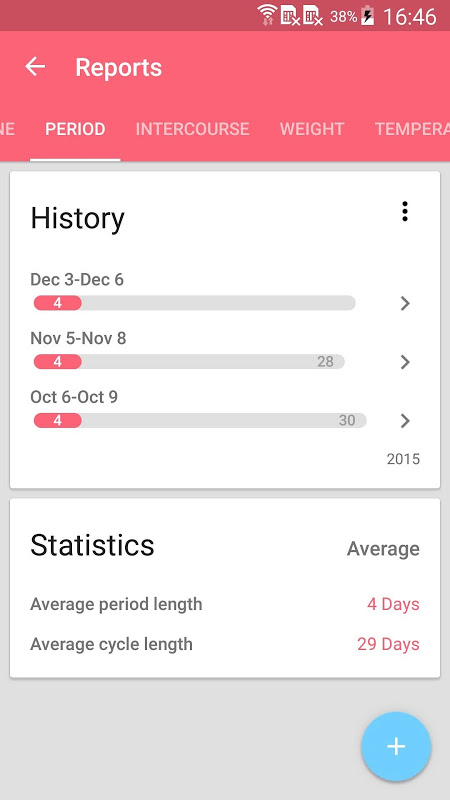
Pregnancy, due date calculation, is an important part of pregnancy and childbirth. Calculating the due date can help you know the approximate time for delivery, which is important for prenatal care.
The due date is calculated by adding 280 days to the first day of your last menstrual period. This roughly estimates 40 weeks. If your menstrual periods are irregular, it may be difficult to calculate the due pregnancy date. You can use an online calculator to calculate your pregnancy due date. Due dates are calculated on the date of your last period instead of conception.
Still, if you cannot calculate your due date, an ultrasound can help you determine it. The best timing for an ultrasound is 8 weeks and 13 weeks. Let's see each step in a detailed manner to gain more clarity.
1. Calculate using your LMP (last menstrual period)
This is the most commonly used method and is accurate. It can be calculated by taking your period's start date into account and adding 280 days to it. This is the typical length of your pregnancy.
It can be calculated by taking your period's start date into account and adding 280 days to it. This is the typical length of your pregnancy.
There is also a formula to calculate how far you are:
Days since start of LMP ÷ 7
2. Calculate using a dating ultrasound
A dating ultrasound is the most precise method to calculate your due date.
It measures the length of the fetus from crown to rump to estimate your due date or how far you are if it is completed within the first trimester. If you have irregular periods and face difficulty determining your last due date, you can simply go for a dating ultrasound to better analyze your due date.
3. Calculate using a pregnancy test with weeks indicator
Some pregnancy test indicators have a great feature of weeks indicator.
This can be super useful to you to determine how far you are. They detect your pregnancy by the presence of hormone hCG in urine and then state how many weeks pregnant you are.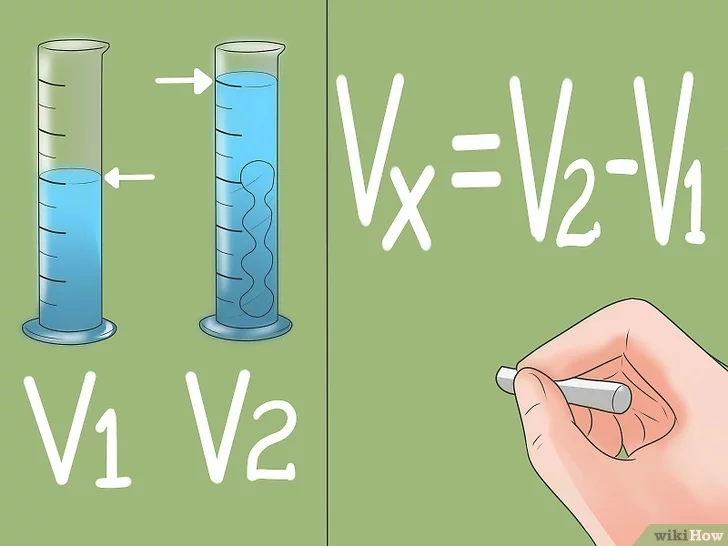
By deducting the value from 40 weeks, you can estimate your due date roughly.
Determining OvulationThe first step to determining your cycle dates is to figure out when you ovulate. It’s not always easy to pinpoint ovulation. However, you should at least be able to identify the time of your cycle that is most likely to be ovulation. You can do this by keeping track of the days between your periods. Once you know the approximate number of days between your periods, subtract 14 from that number and keep track of the day on which it lands. For example, if your cycle lasts 36 days, ovulation will likely occur on day 22 or 23.
Determine Fertilization DateOne of the first steps to understanding your cycle is determining when you ovulate. Ovulation is a process that occurs during the middle of your cycle. This usually happens around Day 14. You need to track your menstrual cycles for a few months to determine this. When recording these periods, make sure they are recorded on the same day each month. Once you have a consistent recording, it will be easier to understand what pattern your body follows.
When recording these periods, make sure they are recorded on the same day each month. Once you have a consistent recording, it will be easier to understand what pattern your body follows.
Another way to identify ovulation is by taking your basal temperature every morning for three days before and after ovulation. If you notice a dip in temperature, it means ovulation has occurred, and the fertile window has opened. If you have irregular periods, ovulation may not always occur on Day 14 but instead around Day 16. This can happen if your period cycles vary in length from one month to another. Use an ovulation calculator to determine when ovulation occurs for irregular periods.
SummaryThis article explains how to determine your pregnancy due date with irregular periods. While it’s not always a straightforward process, you can get a sense of when you may be expecting a little one with the proper knowledge and understanding.
How to determine the gestational age and due date
| From the first day of your last period you entered a new cycle of fertility, and a new egg began to mature in the ovary - the one that gave rise to a new life. | Pregnancy period |
| But the conception of a new person occurred only when the mature egg | Pregnancy term |
Obstetricians calculate the expected date of delivery (ED) based on the fact that the duration of pregnancy is 10 lunar months, or 280 days from the first day of the last menstruation .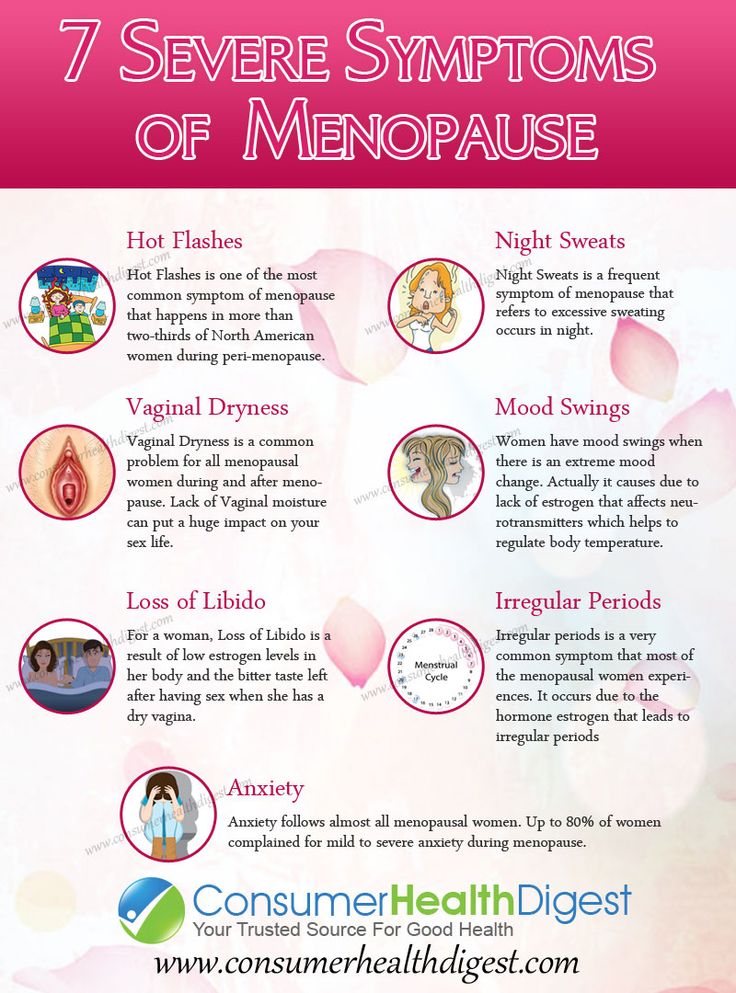
Calculating EDD is very simple : Add nine months and one week to your last menstrual period.
For example, the date of the last menstrual period is May 1, 2009.
Calculation of obstetric EDD: May 1, 2009years + 9 months = February 1, 2010 + 1 week = February 8, 2010.
The average duration of pregnancy from the date of conception is 266 days.
To determine the EDD most accurately, you need to know the date of conception, or at least ovulation. If you absolutely know the date of conception, add 266 days to it, and you will get the estimated date of birth of your child.
How to calculate the day of ovulation?
The day of ovulation depends on the length of the menstrual cycle.
Menstrual cycle - the time interval from the first day of the previous menstruation to the first day of the next one.
The day of ovulation (with a small error) can be calculated if 14 days are subtracted from the total cycle duration (this is the duration of the second phase of the cycle).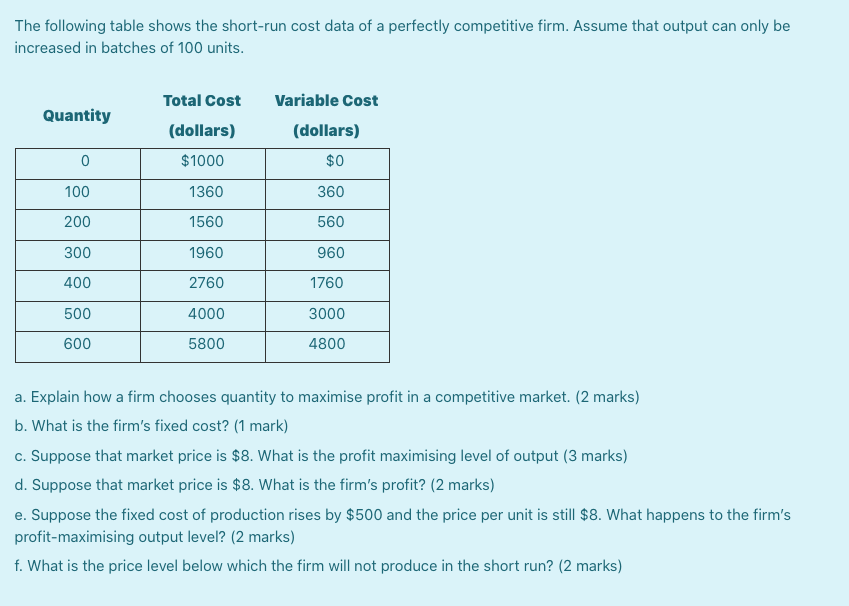
For example, if the duration of the menstrual cycle is 28 days , then ovulation occurs on the 14th day of the cycle. In this case, the obstetric gestational age differs from the actual one by 2 weeks. That is, 40 weeks (280 days) of the obstetric period will correspond to 38 weeks of the actual gestational age (266 days).
And in this case, the DA for both terms will coincide.
But if the duration of the cycle is 34-35 days , then ovulation occurred on the 20-21st day of the cycle, and the obstetric gestational age differs from the actual period by 3 weeks.
This means that the actual date of delivery will be a week later than calculated by obstetricians.
If the duration of the menstrual cycle is 21 days , then ovulation occurs on the 7th-8th day of the cycle, and the difference between the obstetric period and the actual one will be only 1 week.
And the actual due date will be a week ahead of the due date calculated by the obstetricians.
If the menstrual cycle is irregular , and its duration varies widely, then the determination of the gestational age and date of delivery presents significant difficulties, and the help of auxiliary examination methods (gynecological examination in early pregnancy, ultrasound) is especially important here.
The accuracy of the ultrasound method depends on the time it is carried out .
In the first trimester, the error in the age of the child can be several days.
In the period from 16 to 20 weeks, the error increases to 7-10 days.
In the third trimester, the gestational age according to ultrasound may differ from the real one by 3 weeks (the gestational age according to ultrasound is determined based on measuring the size of the child, and they, you know, can vary greatly from different parents).
If you don't know your conception date, calculate your EDD based on your last menstrual period, taking into account the length of your menstrual cycle.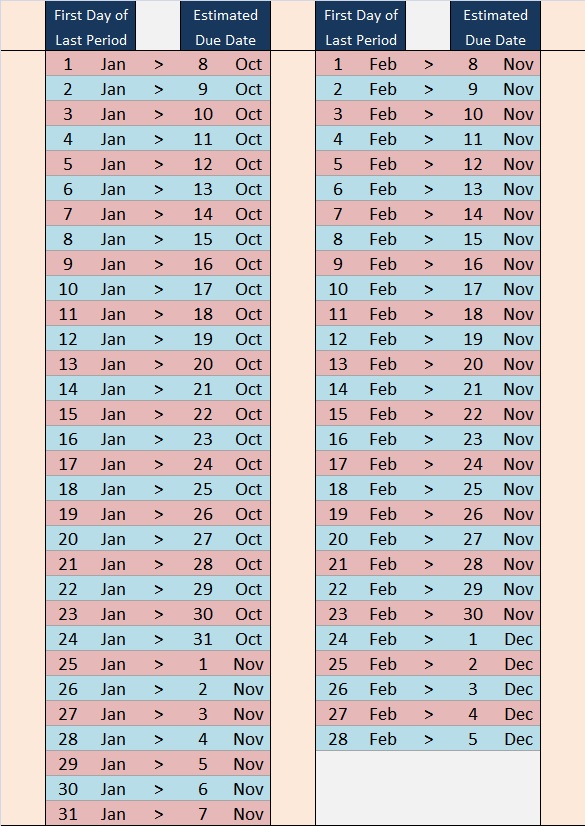
Here's how to do it if your periods are regular
| Action sequence | Example : PM June 12, 2009, |
| Add one year to the date of the last menstrual period | June 12, 2010 |
| Subtract three months from this date | March 12, 2010 |
| Add seven days. You will receive an obstetric due date (ODD). | March 19, 2010 |
| Subtract 28 from your cycle time. | 33-28 = 5 days |
| Add the resulting number to the estimated date of delivery. | March 24, 2010 |
What if the menstrual cycles are irregular?
| Action sequence | Example : PM June 12, 2009, 3 last menstrual cycles: 33, 29, 36 days |
| Add one year to the date of the last menstrual period | June 12, 2010 |
| Subtract three months from this date | March 12, 2010 |
| Add 7 days. You will receive an obstetric due date | March 19, 2010 |
| Calculate the arithmetic mean of the last three cycles. | 34+31+37 = 102; 102:3=34 |
| Subtract 28 from the resulting number. | 34-28=6 |
| Add the resulting number to the estimated date of delivery. | March 25, 2010 |
Do not forget that these calculations are approximate, because. Only 5% of children are born at their due date. Most women give birth within ±2 weeks of their due date. This is because children in utero, as well as after birth, grow and mature at different rates.
Therefore, we advise you not to give the exact date to the question of relatives and friends about the time of the upcoming birth, but to answer more vaguely (for example, at the end of June), pushing back the due date for one or two weeks.
How to determine the gestational age | Center for Fetal Medicine at Chistye Prudy
- Methods for determining the duration of pregnancy
- Embryonic term
- Obstetric term
- By last menstrual period
- By ovulation date or conception date
- According to the size of the uterus
- Ultrasound
- According to the level of hCG in the blood
- According to the first movement of the fetus
Here is a pregnancy test showed the cherished two strips, the expectant mother is in a hurry to register in the antenatal clinic. The first thing that an obstetrician-gynecologist determines when registering is the gestational age. This indicator is extremely important in order to understand whether the pregnancy is proceeding correctly and the baby is developing, when it is necessary to take tests and undergo additional examinations, when to go on maternity leave and wait for the baby to be born.
The first thing that an obstetrician-gynecologist determines when registering is the gestational age. This indicator is extremely important in order to understand whether the pregnancy is proceeding correctly and the baby is developing, when it is necessary to take tests and undergo additional examinations, when to go on maternity leave and wait for the baby to be born.
It is also very important to know the exact gestational age for screening for the presence of genetic abnormalities in the fetus (ultrasound and blood tests), since these examinations are carried out strictly at certain times of pregnancy.
Learn more about the services:
- 1st trimester ultrasound
- Reception and consultation with a gynecologist
Turning to an obstetrician-gynecologist, many expectant mothers begin to worry about the difference in terms of pregnancy - what the doctor calculated and the woman herself. In order not to worry in vain, you need to know that there are 2 stages of pregnancy - obstetric and embryonic.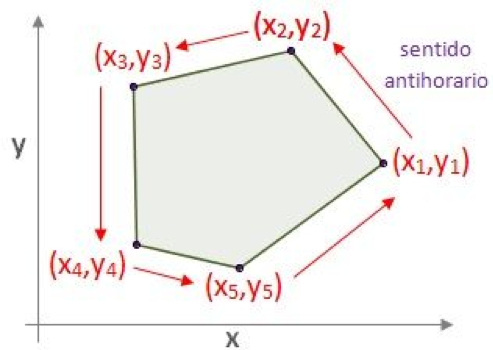
Fetal term
This is the true gestational age from conception, it usually lags behind the obstetric term by about 2 weeks.
Obstetric period
Doctors determine it from the first day of the last menstruation before pregnancy. It should be remembered that all doctors use only the obstetric term, all test results, the size of the fetus, the timing of examinations, maternity leave and the term of delivery are calculated taking into account only the obstetric term of pregnancy.
There are several ways to determine the gestational age.
Determining the gestational age by the date of the last menstrual period
This is the most common way to calculate the gestational age. However, it can only be used if a woman's menstruation comes regularly at the same interval.
It is not always possible to accurately calculate the gestational age based only on the date of the last menstrual period. This happens in cases where a woman has irregular menstruation or in those patients who have a regular but long menstrual cycle. For example, if a woman has a typical cycle length of 35 days (and not 26 - 28, like most women), then most likely she will only be able to conceive on about the 21st day of the cycle (and not on the 14th, as on a 28 day cycle). Accordingly, the period calculated by menstruation will exceed the “real” obstetric gestational age by a week.
For example, if a woman has a typical cycle length of 35 days (and not 26 - 28, like most women), then most likely she will only be able to conceive on about the 21st day of the cycle (and not on the 14th, as on a 28 day cycle). Accordingly, the period calculated by menstruation will exceed the “real” obstetric gestational age by a week.
According to the date of ovulation or the date of conception
If the date of conception is known, two weeks must be added to this date - we will get the obstetric gestational age. However, it must be remembered that even if a woman knows exactly the date of ovulation or the date of sexual intercourse, after which pregnancy occurred, this does not mean that she absolutely knows the date of conception.
A spermatozoon that has entered the female body is capable of fertilization within 4-5 days, sometimes even within a week, and a mature egg retains the ability to conceive for 2 days after ovulation. Therefore, even knowing exactly the date of sexual intercourse or ovulation, it is impossible to say with accuracy that fertilization occurred on that day. It could have happened later. Therefore, the period calculated by ovulation or the date of conception cannot be considered completely accurate.
It could have happened later. Therefore, the period calculated by ovulation or the date of conception cannot be considered completely accurate.
Doctors calculate the gestational age in a slightly different way in cases where pregnancy has occurred as a result of IVF. In this case, the fertilization of the egg by the spermatozoon is carried out "in vitro" by the embryologist. Embryos develop in the laboratory for 3-5 days, after which they are transferred to the uterus.
Doctors calculate the true duration of pregnancy after IVF from the date of ovarian puncture, that is, the stage of the procedure, when the follicular fluid and the follicles contained in it are taken with a special needle for subsequent fertilization “in vitro”, and to determine the “usual” obstetric period , add 2 weeks in the date of ovarian puncture.
If the transfer of the embryo to the uterus was preceded by its cryopreservation (that is, freezing in liquid nitrogen), to determine the exact gestational age, doctors add 5 days to the transfer date (this is the number of days the embryo develops before freezing), and to determine the obstetric period, to the received true date add 2 weeks.
According to the size of the uterus
Examining a woman in a gynecological chair, an obstetrician-gynecologist uses both hands to determine the size of the uterus. In this case, you can also determine the approximate gestational age.
This method is most accurate in early pregnancy, up to about 12 weeks. The earliest period that can be determined by the size of the uterus is 5 weeks of pregnancy. By this time, the uterus is slightly enlarged, softened and becomes rounded. At later dates, the size of the uterus may vary slightly depending on the size of the fetus, the amount of amniotic fluid, and the structure of the woman's pelvis. For example, it is believed that at 16 weeks the bottom of the uterus is located in the middle of the distance between the pubis and the navel, at 24 weeks of pregnancy the bottom of the uterus is at the level of the navel.
Ultrasound
In the early stages of pregnancy, by measuring the size of the ovum and embryo, the gestational age can be determined with great accuracy.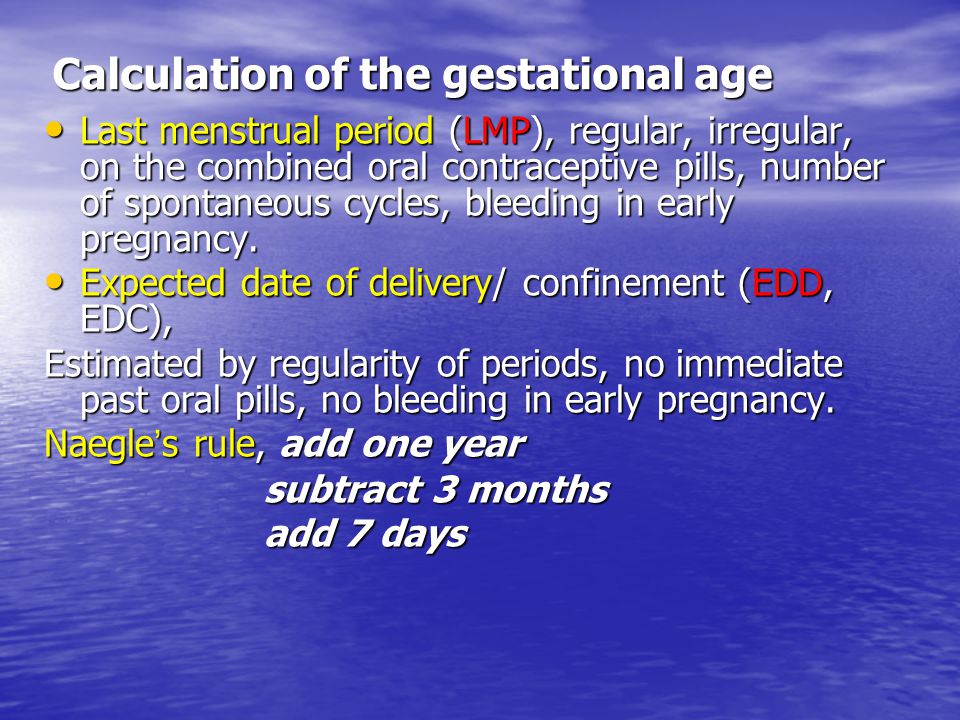
At 4-5 weeks, a small “black circle” is detected in the uterus during ultrasound examination - this is a fetal egg, in which an embryo will appear a little later. At about 6-7 weeks, the embryo appears in the form of a small “stripe” and you can see its heartbeat. More accurate is the period calculated by measuring the KTP of the embryo (KTP is the coccygeal-parietal size, that is, the maximum distance from the head end of the fetus to its tailbone), and not by the diameter of the fetal egg.
After 12 weeks, the gestational age during ultrasound is determined according to the so-called fetometry, that is, measurements of various sizes of the head and abdomen of the fetus, length of arms, legs, heart sizes, etc. are used to calculate the term.
Up to 9-10 weeks of pregnancy, the embryo grows proportionally, and its size in all women with the same gestational age will be approximately identical. In the future, the size of the fetus will differ in expectant mothers of different nationalities, with different body weights, the weight of the mother and father at birth will matter, and so on.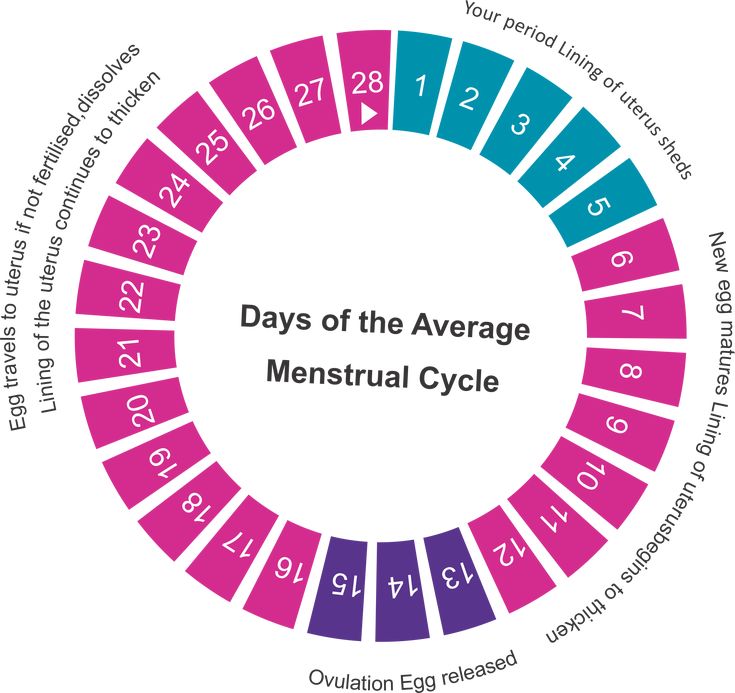 That is, in the later stages of pregnancy, normally developing children of the same term may have different sizes (fluctuations can be about 2 weeks, sometimes more), and in such a situation, it is impossible to reliably determine the gestational age according to ultrasound data. In the later stages, the determination of the gestational age by ultrasound is only clarifying. In addition, the lag in the size of the fetus during ultrasound at long gestations is most often regarded by doctors as a developmental disorder due to the fact that the placenta does not transport oxygen and nutrients well enough.
That is, in the later stages of pregnancy, normally developing children of the same term may have different sizes (fluctuations can be about 2 weeks, sometimes more), and in such a situation, it is impossible to reliably determine the gestational age according to ultrasound data. In the later stages, the determination of the gestational age by ultrasound is only clarifying. In addition, the lag in the size of the fetus during ultrasound at long gestations is most often regarded by doctors as a developmental disorder due to the fact that the placenta does not transport oxygen and nutrients well enough.
At the Fetal Medicine Center in Moscow, all types of ultrasound during pregnancy are performed at an expert level, including ultrasound in early pregnancy.
Our center is organized in such a way that the whole range of services is concentrated in one place, where a woman receives the results of various types of research, including ultrasound, biochemical, and specialist consultation within 1-1.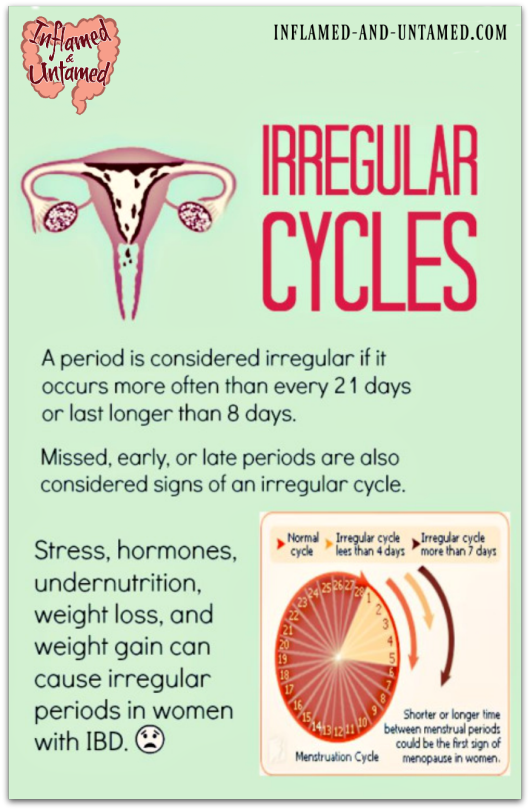 5 hours.
5 hours.
According to the level of hCG in the blood
HCG (human chorionic gonadotropin) is a hormone that is released during pregnancy by the placenta. It begins to be produced with the onset of pregnancy, gradually its amount increases, until about the 11th week of pregnancy, and then begins to decrease slightly.
Determining the concentration of hCG in the blood in the early stages of pregnancy helps to accurately determine the period. Having received the results of a blood test for hCG, it is worth paying attention that in the laboratory tables of the correspondence of the hormone level to the gestational age, the embryonic period is often indicated, that is, to determine the usual obstetric gestational age, 2 weeks should be added to the result.
Recently, tests have appeared to determine the duration of pregnancy by urine. They also determine the concentration of the hCG hormone in the urine of a pregnant woman and, in addition to confirming the very fact of pregnancy, show what period the hormone content corresponds to.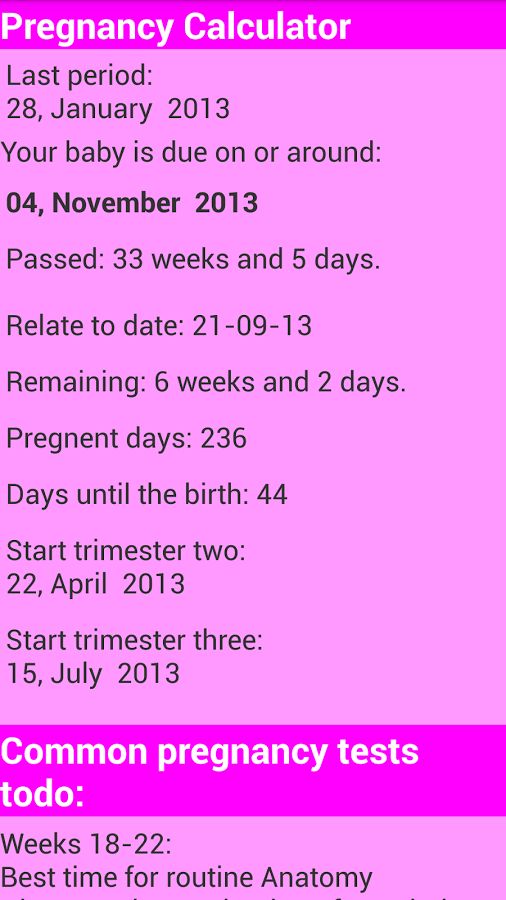 The only thing to remember is that urine tests also show the fetal gestational age.
The only thing to remember is that urine tests also show the fetal gestational age.
The Fetal Medicine Center performs all types of tests for pregnant women.
Determining the term of pregnancy by the first movement of the fetus
This method of determining the term has recently been used less and less. It is based on the fact that nulliparous women begin to feel the first movements of the baby at 20 weeks of gestation, multiparous women a little earlier - at 18 weeks. That is why obstetrician-gynecologists recommend that a woman remember the date of the first movement of the fetus and enter this data into the exchange card.
However, this method of determining gestational age is often erroneous.
A mother who is expecting her first child, indeed, most often begins to feel the movements of the fetus a little later than a multiparous woman. This is due to the fact that "experienced" mothers know how the movements of the crumbs are felt at first and what they should feel.


